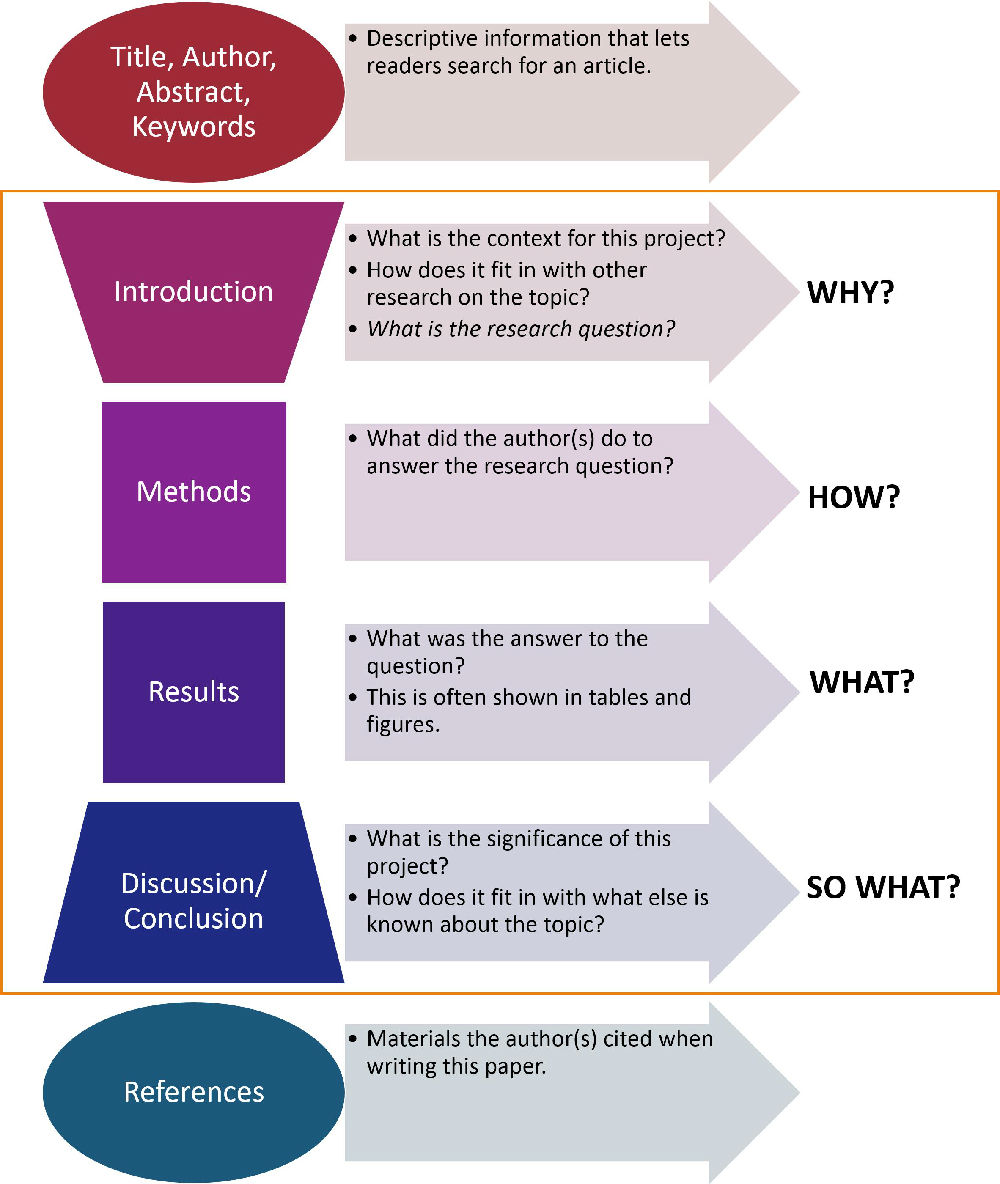博文
如何撰写世界一流论文 | 论文撰写顺序与IMRaD格式
|||
科学探索可以用不同形式来表现,因此就有了各种类型的论文,其中包括论著、综述、病例研究、方法学和理论性论文。目前,论著最常见的格式是IMRaD格式,也就是引言、方法、结果和讨论(introduction, methods, results and discussion)的缩写。

这些部分一般位于摘要和参考文献之间,但也有些期刊中将“方法”部分居于最后。国际医学期刊编辑委员会(ICMJE) 在其出版的《生物医学期刊投稿统一要求:生物医学论文撰写和编辑》第IV.A.1.a节(“通则”)中IMRaD格式及其目的作了如下说明:
“观察性和实验性论文通常(并非必须)分为以下几部分:引言、方法、结果、 讨论,亦即“IMRaD” 结构。该结构并非强制性的论文格式,但的确能直观地反映科学发现的过程。长篇幅的论文中的某些部分可采用子标题(尤其是“结果”和“讨论”),从而使其内容更加清晰。”
在理文编辑的写作技巧文章里,我们将分别阐述IMRaD各个部分的要点以及一些应避免的常见错误。但要说明的一点是:各部分的撰写顺序和他们在论文中出现的顺序(和我们这里讲述的顺序)是不同的。好的撰写顺序应该使论文尽可能清晰、连贯。
这里推荐如下撰写顺序(外加摘要和标题):方法 结果 引言 讨论 标题 摘要
“方法”部分在研究开展过程中就可以写完,标准试验步骤甚至在做试验之前就可以完成。尽早完成“方法”部分使你能发现研究设计中潜在的问题,或之前未考虑到的额外对照。这样做的好处是:方法在实验开始之前还可以调整,避免将来费时费钱地重复做已经做过的试验。
“方法”写好、试验完成之后,接下来就是分析结果来确定它们是否支持你的假设,阐明他们到底揭示了什么。在此阶段就写“引言”属于不得要领,因为你的结果将决定你该如何“编排”你的论文,或者说把你的结果放在哪个背景下予以阐述。因此,第二步应该是分析和撰写“结果”。在这个阶段,你要决定如何表述资料(例如,用表、图、示意图还是照片;参见“图”部分的注意事项),如何分析这些数据(参见“统计学”注意事项),以及他们说明什么。作出上述决定后,你就需要来描述它们。
至此,你应该已清楚你的结果如何支持你的假设,也了解该领域的现有文献。此时如有必要,你尚可修改你的研究问题或更改研究的侧重点;如果你决定要修改,可能也另需重新分析数据和/或补充试验,才能构建出一个完整的研究故事。待这些都完成之后,再写“引言”来说明你工作的背景,然后撰写“讨论”来说明你的结果和背景之间的关联。最后,趁热打铁,完成摘要和标题。摘要和标题的要素请参见理文编辑之前推送的文章。
英文原文
The ‘write’ order and IMRaD
Scientific enquiry can take a number of different forms. As a result, there is a variety of publication types, including papers describing original research, reviews, case studies, methodology papers and theoretical papers. By far the most common format for writing scientific papers describing original research is the IMRaD format. The letters in this acronym stand for introduction, methods, results and discussion, representing the sections lying between the abstract and references in such manuscripts (although in some journals, the methods section is presented at the end rather than after the introduction, while in other journals the results and discussion sections are combined). The order of these sections reflects the process of scientific discovery, which is why it is a near universal format for research papers.
The following posts describe the important components of each of these sections as well as some common mistakes to avoid. However, it is worth mentioning that these sections should not be written in the order in which they appear (or in which they are described here); rather, there is a specific order in which the sections of a manuscript should be written to achieve maximum clarity and consistency throughout. The recommended order for writing these sections, with the addition of the abstract and title, is as follows:
-- Methods
-- Results
-- Introduction
-- Discussion
-- Title
-- Abstract
The methods can be written while you are performing the research or, for certain standard protocols, before it has even begun. Doing this early in the course of your research could make you aware of any potential problems in your study design, or point to additional controls you might not previously have considered. The advantage of this is that the methods can be adjusted before performing experiments, preventing the need for time-consuming and costly repeats of experiments already performed.
With the methods written up and the experiments performed, you will want to analyze your results to determine how they relate to your hypothesis, and what they actually show. It is pointless writing the introduction prior to this stage because the results you obtain will determine how the paper needs to be ‘framed’, that is, what context the results are described in. Therefore, the results should be analyzed and written up second. During this stage you will determine how your data should be presented (for example, in tables, graphs, schematics or photographs; see the chapter on graphics), how they need to be analyzed (see the chapter on statistics), and what they mean; once decided, you will then need to describe them.
By now you will have a good idea of how your findings relate to your hypothesis and the existing literature in your field. It might be necessary at this point to ask a different research question or to change the focus of your research. Following such a change, re-analyses of your data and/or additional experiments might be necessary to make a complete story. Once these are done, the introduction can be written, to provide the context, and then the discussion can be written to describe the relevance of your findings within that context. Finally, with all of that fresh in your head, the abstract and title, the important components of which are described in previous tips, should be written last.
Dr Daniel McGowan
分子神经学博士
理文编辑学术总监
https://blog.sciencenet.cn/blog-288924-1006131.html
上一篇:如何撰写世界一流论文 | 如何选对期刊
下一篇:24条做科学研究的经验教训
